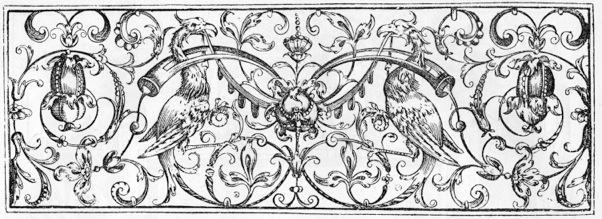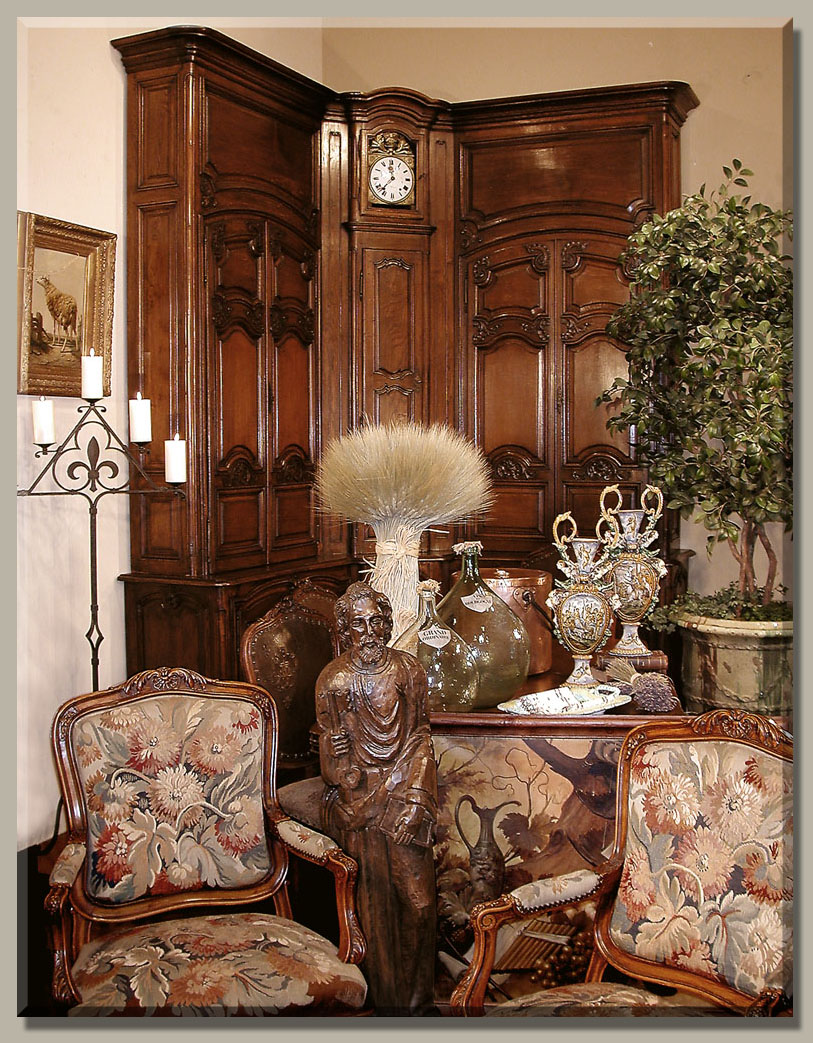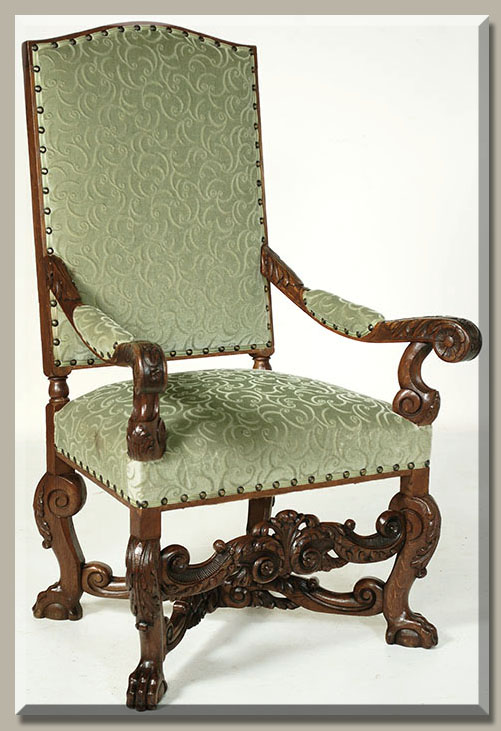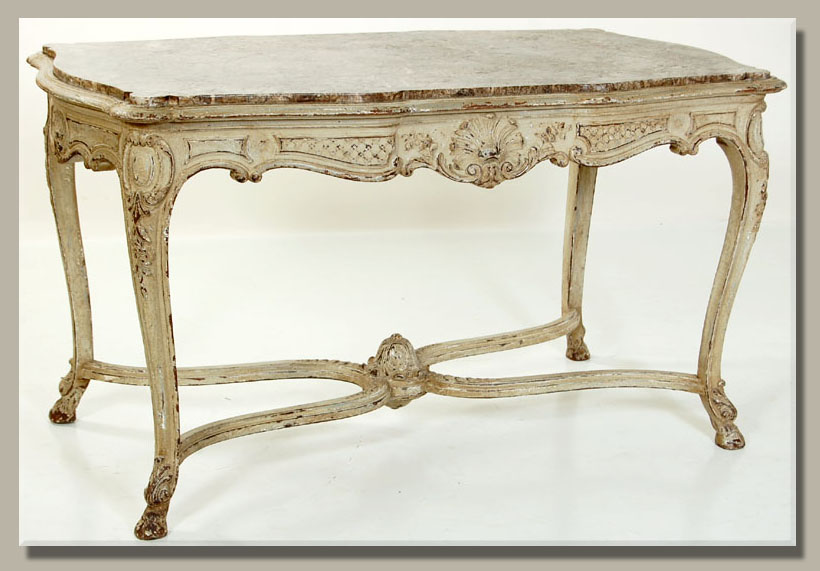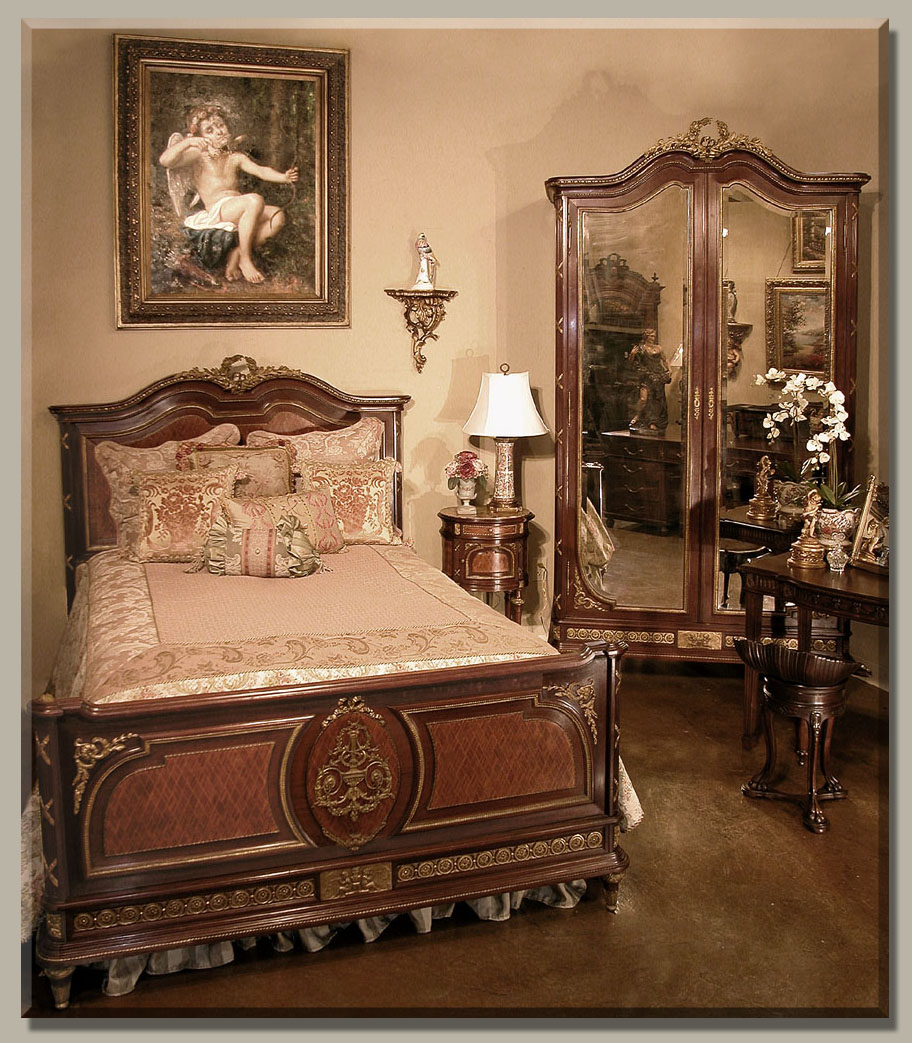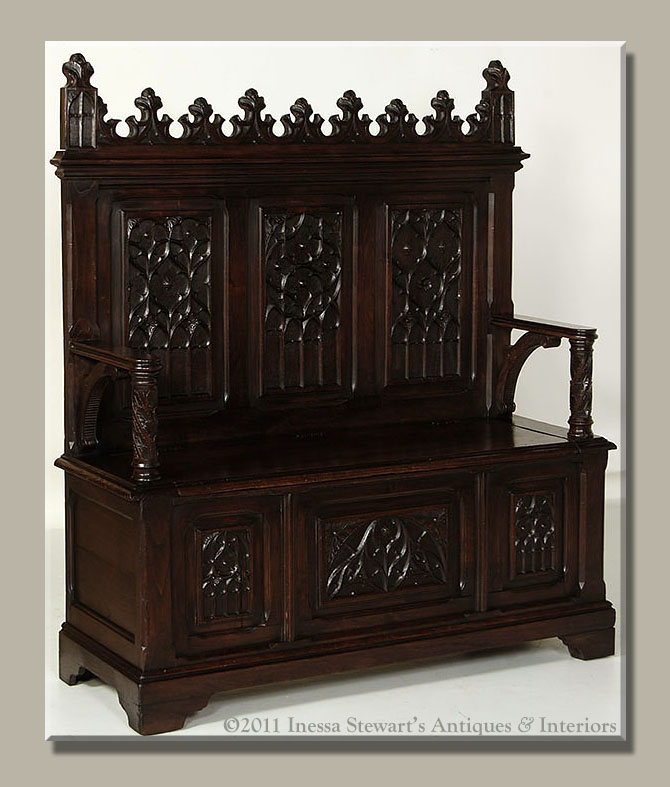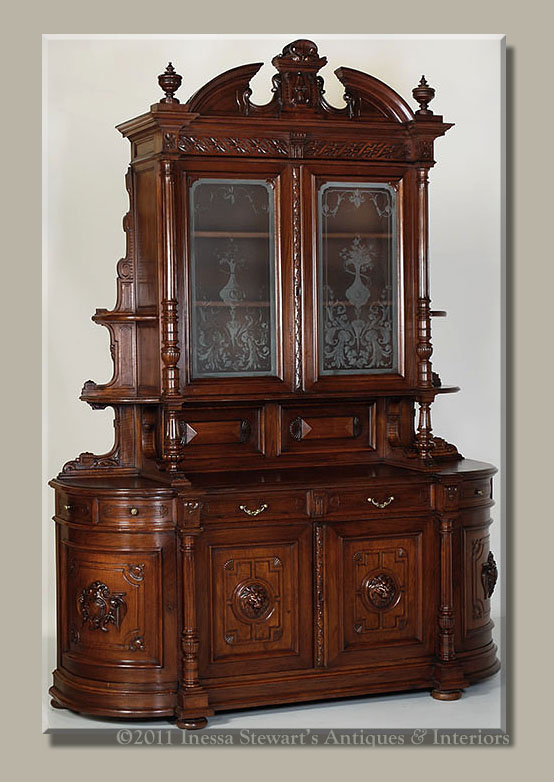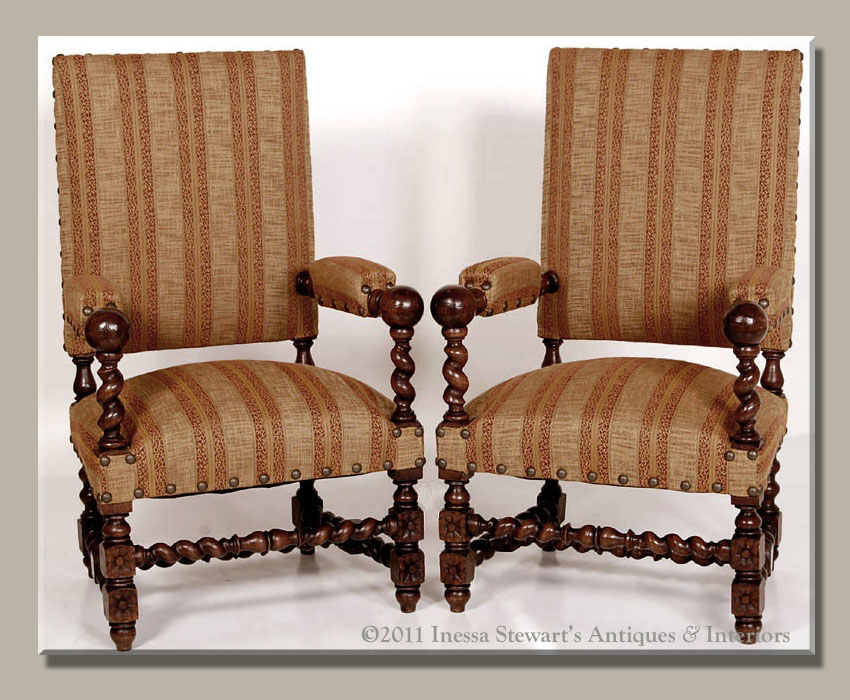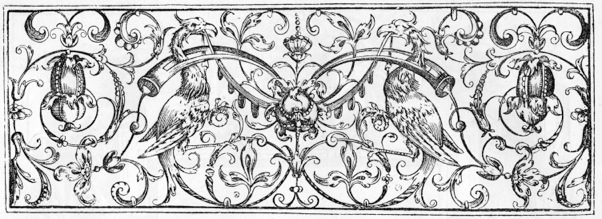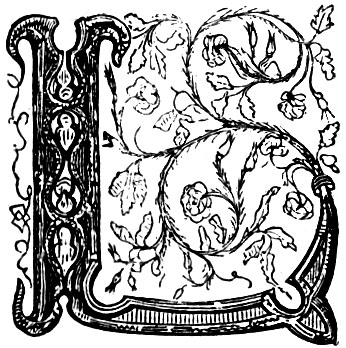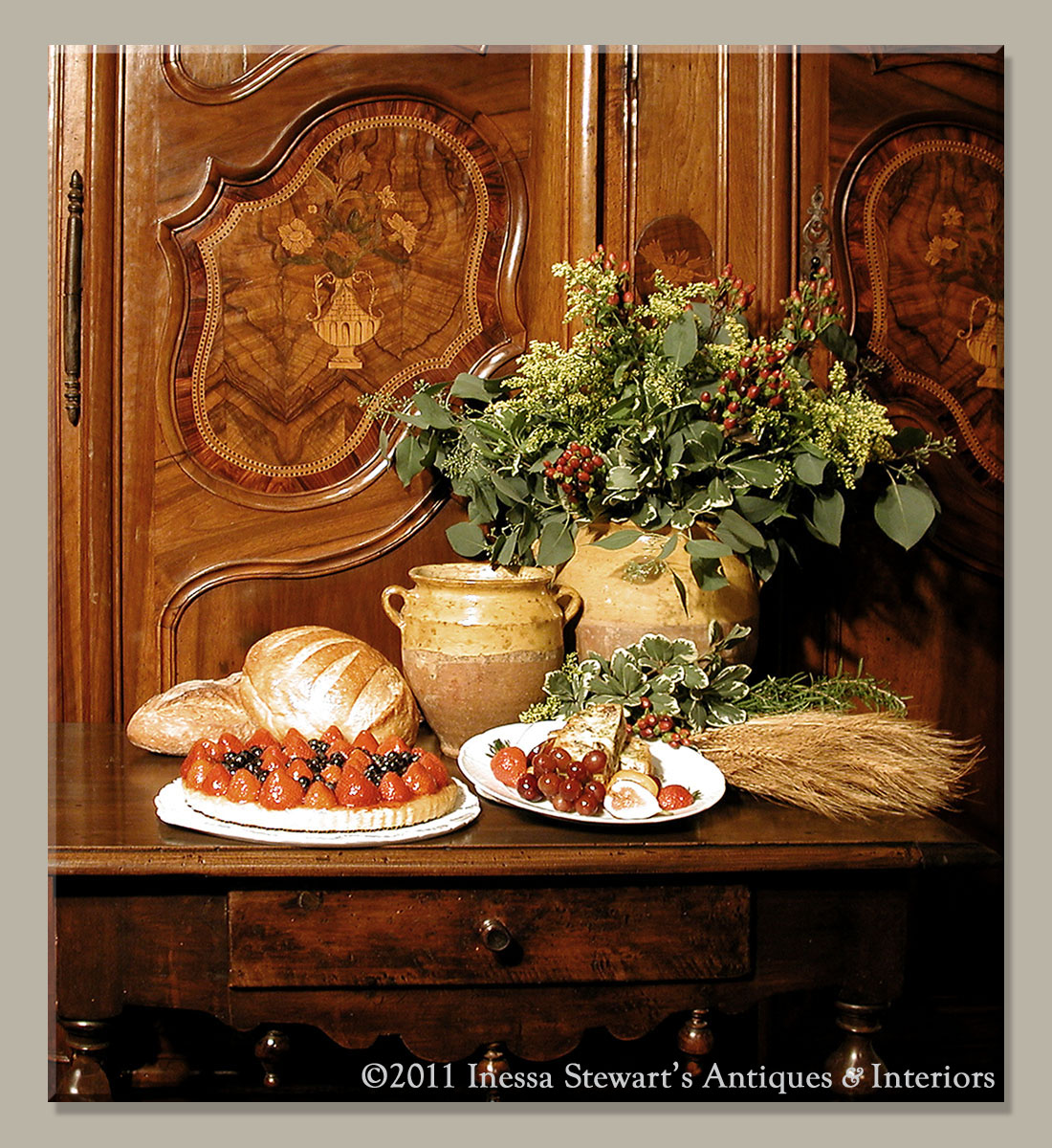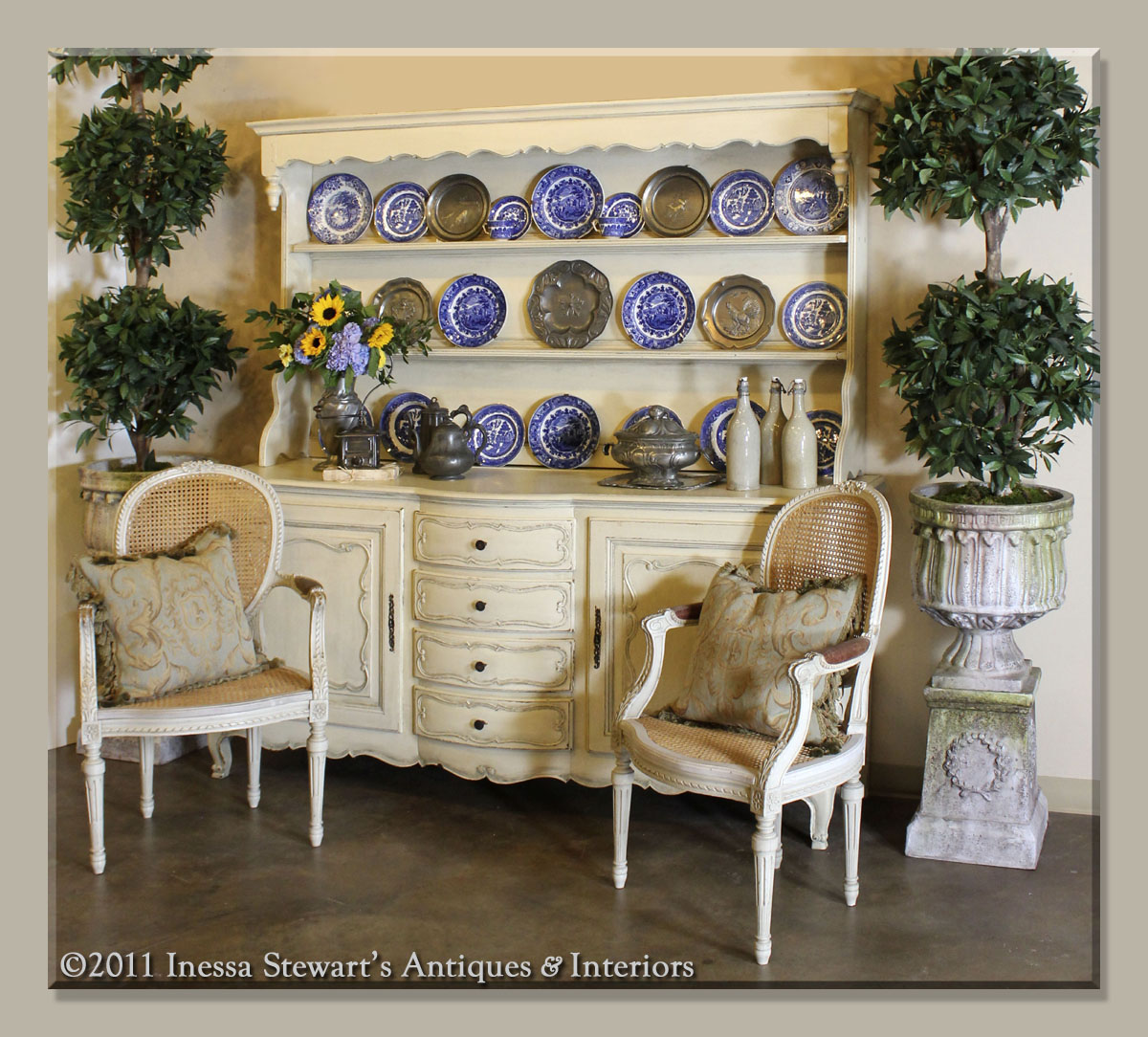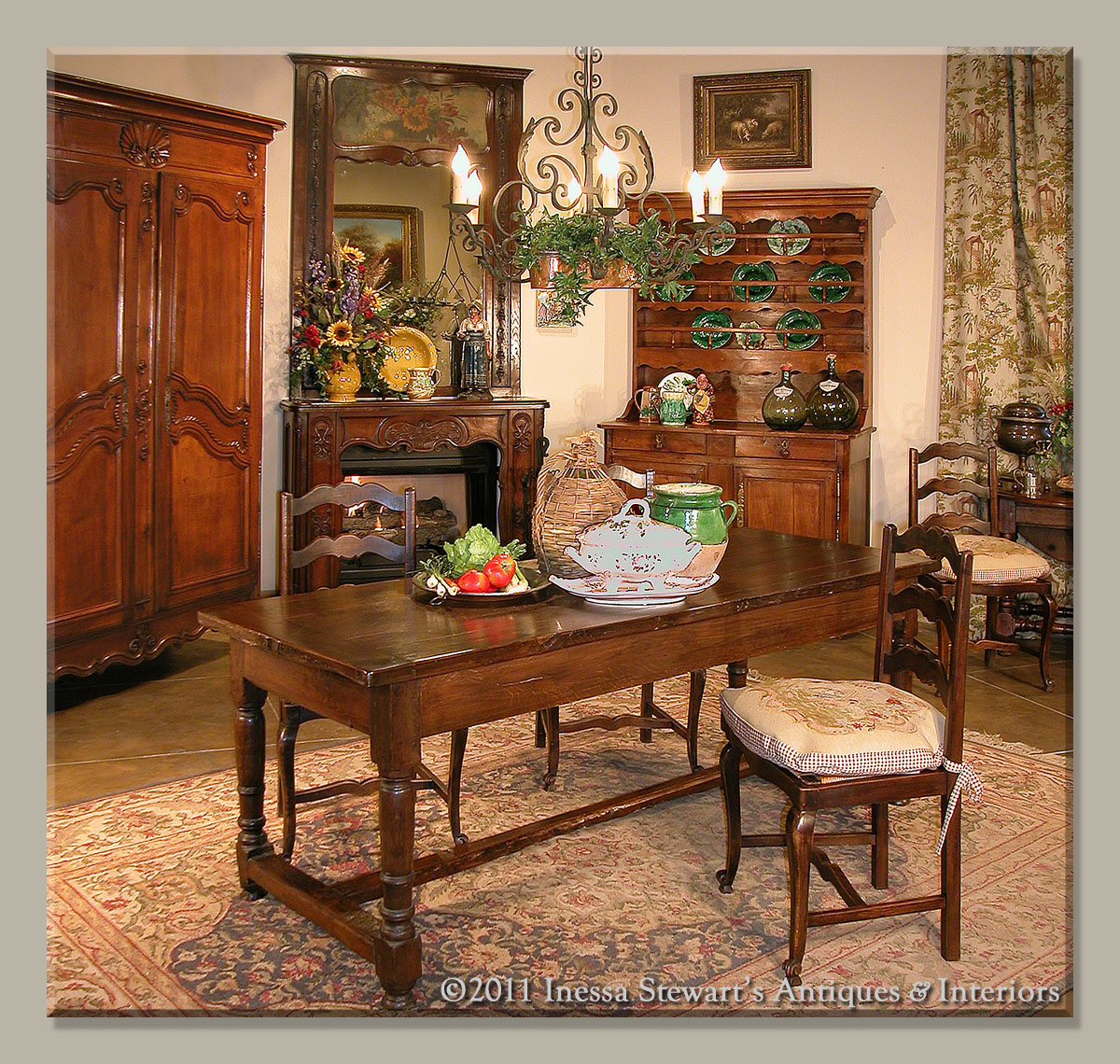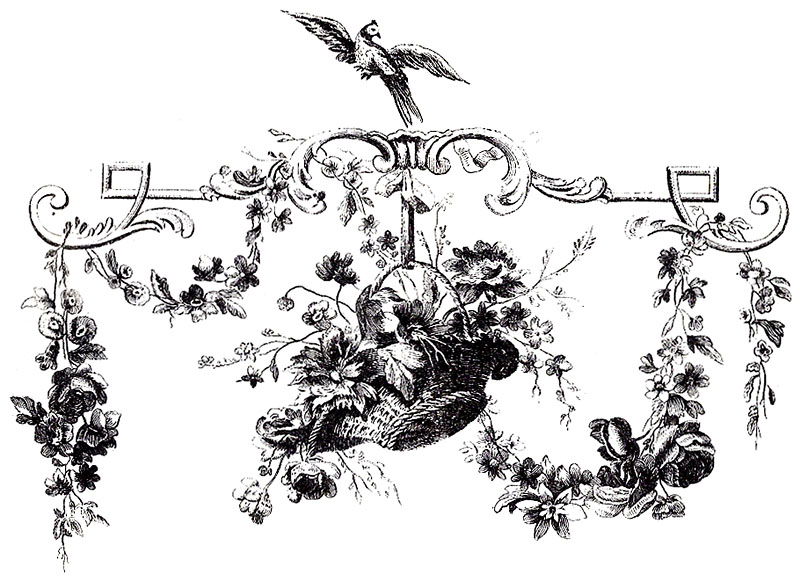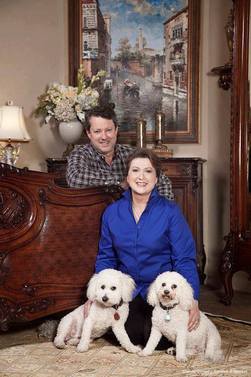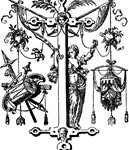 he end of 17th century and throughout the 18th century was a dynamic period in design for antique French furniture. We are covering this period in our second part of this historic series. What started out as an extravagant Baroque style in Italy spread throughout the courts of Europe and is exemplified by the work of Bernini in Italy and by the palace of Versailles. This highly ornate Louis XIV style was followed by a still lavish Rococo period. Romantic and sensual Louis XV style was later abandoned and Classicism sprang forth. Following this general overview we will continue by examining each style in more detail, exploring its traits and historical significance.
he end of 17th century and throughout the 18th century was a dynamic period in design for antique French furniture. We are covering this period in our second part of this historic series. What started out as an extravagant Baroque style in Italy spread throughout the courts of Europe and is exemplified by the work of Bernini in Italy and by the palace of Versailles. This highly ornate Louis XIV style was followed by a still lavish Rococo period. Romantic and sensual Louis XV style was later abandoned and Classicism sprang forth. Following this general overview we will continue by examining each style in more detail, exploring its traits and historical significance.
Louis XIV StyleOften called Baroque, this movement was a reflection of the so-called French Sun King, who was the personification of luxury and grandeur. Establishing a trend where furniture reflected the taste of the ruler, the style was almost exclusively produced for the royal court of Versailles. One of the results was entrenched aristocracy emulating the style in an attempt to outdo one another. The Louis XIV style is categorized by integrating marquetry, heavy bronze mounts, and a grand scale, becoming the perfect marriage of Renaissance and Baroque, ultimately leading to the emergence of Regence lines.
Regence & Louis XV Style
Emerging from the shadow of the reign of Louis XIV in the early 1700s, both rectangular and heavy characteristics of Baroque transitioned to lighter designs, expressed in the elegant curves of the rococo movement, where cabriole and bombe forms were born. This early Rococo era of French art is known today as Regence style, in deference to the Duc D’Orleans who acted as Regent while Louis XIV’s grandson, Louis XV, came of age. Gradually the style of Louis XV that evolved was considered more graceful and feminine than that of preceding periods. The Louis XV style is perhaps one of the most copied French styles, and is the style most often identified as uniquely French. Both the Regence and Louis XV styles were the first to spread to the French countryside and give birth to the unrivaled charm of Country French furniture.
Louis XVI Style
This classical style was a reflection of the discoveries of Herculaneum and Pompeii, stimulating the French court’s interest in Greek and Roman art forms. It was a conspicuous departure from the sensuous lines of preceding styles, an example being that the cabriole leg was replaced with the leg of straight, fluted lines reminiscent of Greek columns. It was an era devoted to elegance and classicism ending abruptly with the French Revolution.
I end this edition of my multi-part essay with that same French Revolutionary era, which gave birth to many striking styles during the course of the century following the end of the reign of the Bourbon kings. The Revolution marked a radical change not just in politics but also the interior fashions of the country. In future writings we will explore this impactful era in French history that ironically was called “Modern” at the time!

